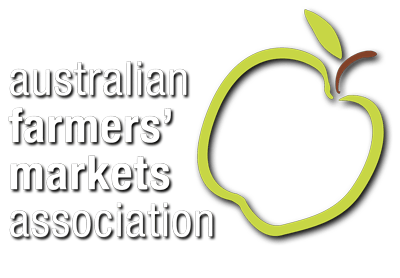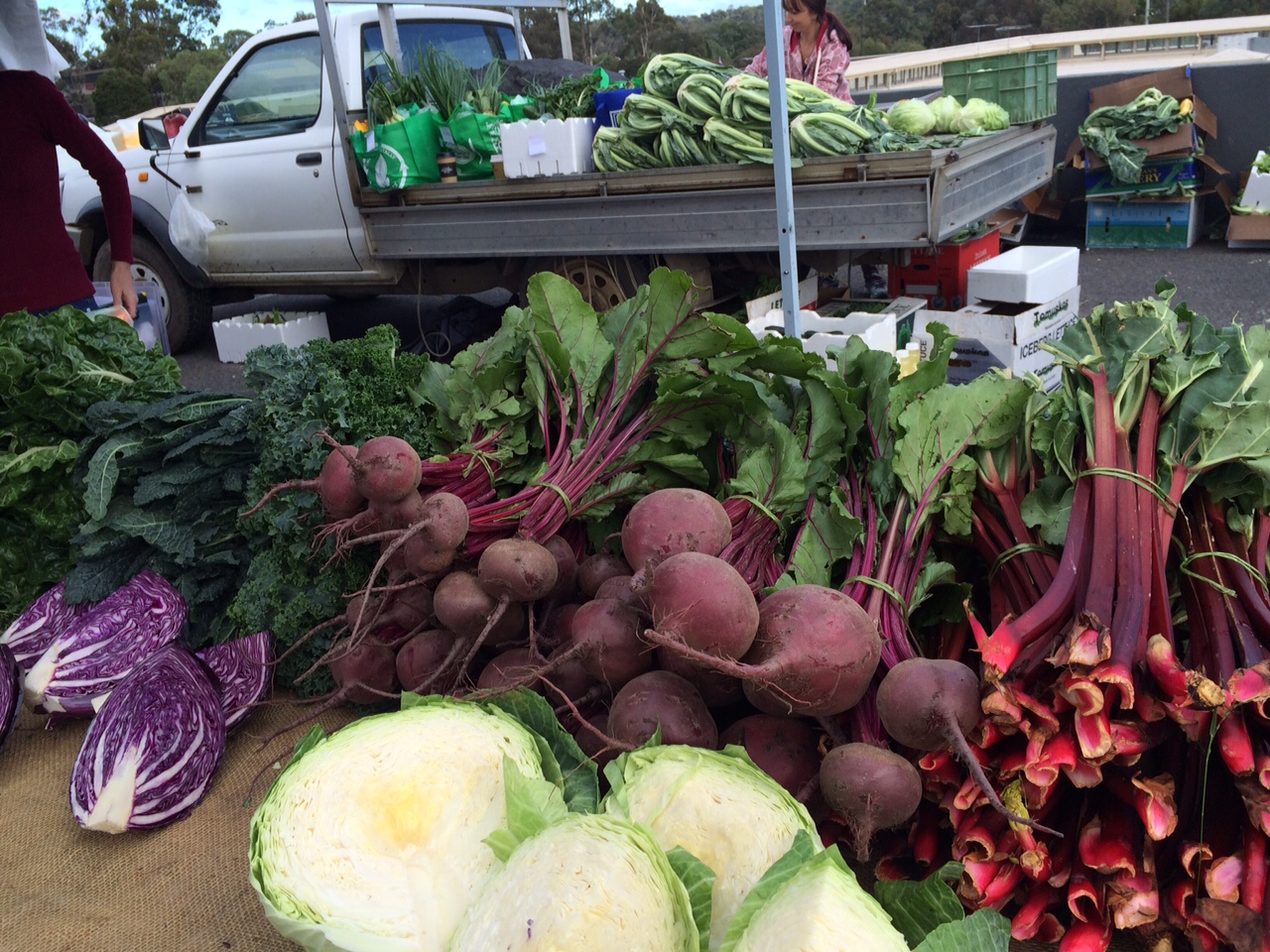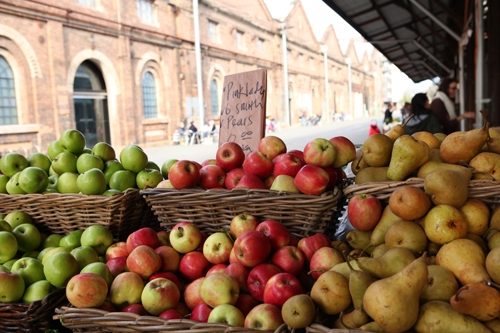Model Rules
These model rules are intended as a comprehensive guideline to assist with market establishment. They are downloadable as a pdf below.
AFMA MODEL FARMERS’ MARKET RULES AND GUIDELINES
These model Farmers’ Market rules and guidelines have been developed by AFMA for use as a template in establishing new Farmers’ Markets throughout Australia or encouraging and adapting existing markets to achieve designation as a Farmers’ Market as defined by AFMA.
To be recognised as an authentic Farmers’ Market by AFMA these rules and guidelines should be adhered to and replicated in the constitution and/or rules of an individual market. Words can be substituted or altered, but not the intent or meaning of provisions.
New markets or those existing markets that wish to become authentic Farmers’ Markets can contact AFMA and/or where applicable a state farmers’ market association for guidance and assistance. Refer to www.farmersmarkets.org.au/contact/
Email us here
Definition of a Farmers’ Market
- The Farmers’ Market is defined as a predominantly fresh food market that operates regularly within a community at a focal public location that provides a suitable environment for farmers and specialty food producers to sell farm-origin and associated value-added specialty foods for human consumption and plant products directly to customers.
Governance
- The Farmers’ Market is run by a community based, not-for-profit Association, local government, social enterprise, co-operative or company with the purpose of complying with point 1.
- The Farmers’ Market is a member of the relevant state Farmers’ Market body, which is a member of AFMA. Where there is no State Association application can be made direct to AFMA until a state, or regional, body is in place.
- All produce must be sold by the farmer/producer, family member, or employee directly involved with the growing, rearing, catching or manufacturing of the product. Co-operative farming ventures may be included at the discretion of the individual Farmers’ Market, but must be genuine business arrangements, not solely formed to create the ability to resell products or sell multiple products at one stall.
- Resellers are not permitted at the Farmers’ Market and the reselling of produce is not permitted at the Farmers’ Market.
- The Farmers’ Market operates with clear geographic boundaries (GB) from within which its’ stall holders are located and produce is sourced. The GB is defined by the individual Farmers’ Market. Some Farmers’ Markets may have similar or overlapping boundaries.
Stallholder Eligibility
- The hierarchy of stall allocation at the Farmers’ Market shall be;
i) primary produce grown within the GB
ii) value-added/specialty produce made by farmers from their own product within the GB
iii) value-added/specialty produce made by farmers from their own product, and other produce grown within the GB
iv) value-added/specialty produce made within the GB from product grown within the GB
v) value-added/specialty produce made within the GB from product grown within Australia
vi) value-added/specialty produce made within the GB from product grown outside Australia where a high degree of processing is carried out within the GB
vii) re-packaging of product with minimal additional processing is not acceptable
- Where a product is available that is higher up the level of hierarchy that product will receive priority for a stall at the Farmers’ Market before any product lower down the hierarchy.
Stallholder Regulatory Compliance
- All stallholders will comply with all relevant local, state, national or market specified quality, food safety, weights & measures, and labeling regulations applicable to their product.
- All stallholders will be covered by appropriate public and product liability insurance for their produce and sales activity.
- Organic or biodynamic status can only be claimed by producers with relevant certification, which must be displayed at their stall. Current relevant certification is limited to ACO, OGA, Demeter, NASAA and TOP.
Definitions
AFMA advocacy for best practice farmers’ markets is embraced in the following additional definitions drawn from sustainable and successful models operating internationally.
Farmer
A person, family member, family company that grows, raises, catches or gathers food and/or processes value-added/specialty foods derived from on-farm inputs.
Farm co-operative (Co-op, community supported farm or share farming)
The stallholder is a producer representative of the collaborative farming arrangement, and all market day proceeds are distributed back to the respective producers. Co-operatives must involve a genuine business arrangement outside the Farmers’ Market and not simply exist to create the ability to sell or re-sell multiple products at one stall.
These arrangements can involve considerable administration burden on Farmers’ Market management and should be carefully considered and only allowed where there are extenuating circumstances – (eg. significant travel for producers on the outskirts of a GB). Stalls should be manned by collaborating farmers on a rotational basis and a maximum of three farmers should be allowed to participate. Permission to operate in this way should not be a right but at the sole discretion of individual market management.
Farm staff
Market day sellers may also be farm employees who can demonstrate farm and product knowledge.
Share Farmer
Share farmers who lease grazing or arable land for the purposes of producing food, plants and other eligible products by their sole endeavour are entitled to sell the produce they have raised or cultivated at a farmers’ market.
Specialty maker/producer
A specialty food producer of value-added food products that primarily comprise local, seasonal and regional ingredients, preferably sourced directly from farmers, and those specialty foods sold by the specialty maker or business staff. Refer to the hierarchy of stall allocation for guidance on assessing ingredient content and processing levels. Individual markets must define these levels clearly to make decisions about eligibility of applicants.
Market manager
The nominated person responsible for the management of the farmers’ market on market day.
Market organisation
The organisation responsible for the governance of the farmers’ market/s, to which the market manager is responsible. In the event that the market is a commercial enterprise (not an Incorporated Association) these entities may be one and the same.
PRODUCTS:
- PRODUCTS RECOMMENDED FOR SALE AT A FARMERS’ MARKET
Primary food products
A primary food product sold in its raw form that has not been processed or manufactured in any way, other than packaged.
Seafood, game and foraged foods
Seafood (salt, freshwater, wild or farmed), game or foraged food that has been caught, hunted or gathered.
Value-Added Foods
Whereby the raw / fresh food/ ingredient is modified by means of a cooking or related process eg: brining, fermenting, marinating, smoking, drying, that process undertaken wholly by the specialty producer.
Specialty food products
Made from primary farm origin produce, which has been cooked, processed, combined or substantially altered from the raw ingredient, to which additional food ingredients may have been added to create a new value-added specialty food. This category excludes re-packaging, and low level processing or re-processing of produce.
Garden Inputs
Products derived from an entire production life cycle that takes place on the producer’s property or other properties to which the producer has access. ie. worm farms and their associated by-products, fertilisers such as chook manure, pea straw and lucerne.
Small livestock
Farm reared edible small livestock and poultry predominantly raised on the producers’ farm for live sale. eg: poultry, rabbits, sheep, piglets, kids.
Other farmed products – Floriculture and Horticulture
Products not for human consumption, but grown and produced by Farmers, that are generally acceptable for sale at a Farmers’ Market are potted plants and herbs, cut flowers, and raw pet food.
- PRODUCTS NOT RECOMMENDED FOR SALE AT A FARMERS’ MARKET
Non-food farm by-products
Any non-edible product derived from food or fibre that is grown, reared, caught or gathered by the farmer and through a manufacturing process has been converted to a non-edible by-product ie. woollen fleece or woven baskets from farmed banana plantains, leather bags.
Books
Books by the farmer or complementary to a sellers product range.
Craft
A hand-made or commercially manufactured non-edible product that includes but is not limited to textiles, ceramics, glassware, leather, jewellery, wax-ware, polymer, wooden, metal, and plant origin items.
SELLERS:
- SELLERS RECOMMENDED AT A FARMERS’ MARKET
To distinguish farmers’ markets from other community markets it is important that sellers be as cited above – farmers, farm family or farm staff, farm collaborative stalls, or specialty makers.
- SELLERS NOT RECOMMENDED AT A FARMERS’ MARKET
Reseller
Any person who sources and re-sells produce from another party including a farmer, where monies are exchanged with the intent to re-sell that produce to consumers. This includes any primary and specialty food products, and the re-packaging of any food or beverage.
Agent
Any person/s acting on behalf of any other person/s in any financial and commercial transaction, offering for sale primary produce or specialty food products.
RECOMMENDED STALL CONFIGURATION OPTIONS
Single stall
A stall representing one farmer or farming enterprise, attended by that farmer, farm family or farm staff.
Shared/Cooperative stall
A stall representing more than one farmer where the attending farmer is one of those farmers, farm family or farm staff. The farm origin of all produce is clearly identified. All monies from the sale of that produce are wholly remitted by the attending farmer to the originating farmer.
MARKET ESTABLISHMENT CONSIDERATIONS
Farmers’ Markets should also consider the following items specific to their own needs and situation, and local government requirements, and incorporate them in their market rules and guidelines for stallholders. The list is indicative of matters will need to be considered, but is not necessarily complete:
- Animal Welfare
- Cancellation of market
- Community stalls
- Complaint procedures and resolution process
- Cooking demonstrations
- Dog control
- Environmental considerations including plastic bag use
- Evacuation procedures
- Extreme Weather Contingency Plan
- First aid
- Food sampling
- Gas and electricity
- Incident reporting
- Liquor licensing
- Local Government Approvals
- Market membership
- Market signage
- Music and busking
- No Smoking
- Parking provision – stallholder and shopper
- Photographic and filming rights
- Pricing
- Produce quality
- Risk management
- Rubbish disposal / recycling
- Seasonal produce calendars – horticulture stallholders
- Shared stalls
- Site security
- Site selection
- Stall fees
- Stallholder signage
- Stallholder administration – applications, renewals and termination
- Stallholder Agreement and Operations Manual
- Stallholder presentation and dress
- Storage – market trestles / tables /chairs
- Toilets, water and hand washing facilities
- Traffic management
- Weights & measures
For further information please email us here
Eltham Farmers’ Market, VIC
Carriageworks Farmers’ Market, Redfern NSW



